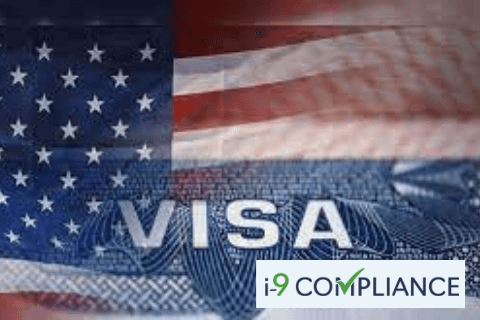USCIS Issues Guidance for Employers on Classifying Individuals for O-1B Visas

The United States Citizenship and Immigration Services (USCIS) has issued policy guidance to help employers understand how to discern the applicable visa classification for individuals with extraordinary ability in the arts. Because of the tremendous amount of change that has occurred in the entertainment industry during the last year, such as the rising popularity of streaming services, the guidance gives crucial clarification to individuals trying to understand the subtleties of O-1B non-immigrant visas and decide which visa is applicable in their specific circumstances.
O-1B Visa Program for Individuals with Extraordinary Ability or Achievement
This program gives non-immigrant visas to people who have exceptional ability in the arts, business, sciences, athletics, or education, or who have shown remarkable achievement in television or the motion picture industry and have been honored either internationally or nationally for those achievements.
The O-1 Visa program has different classifications, such as:
O-1A: Individuals with an extraordinary ability in the sciences, education, business, or athletics (not including the arts, motion pictures, or television industry) O-1B: Individuals with an extraordinary ability in the arts or extraordinary achievement in the motion picture or television industry (MPTV).
Typically beneficiaries who want to obtain an O-1B visa need to show sustained international or national acclaim in their field. The applicant will need to prove this by supplying proof of their credentials, such as membership in professional organizations in their field, international or national prizes or awards, high salary for their work, published articles in prominent trade publications, as well as other relevant evidence of outstanding ability.
To qualify in the O-1B category, people in the entertainment industry can show that they have remarkable skills in the arts or exceptional ability in the television or motion picture industry. The changes in the entertainment industry have made it more common for applicants to have qualifications for both the arts and television or motion picture industry categories, which can cause difficulties.
The USCIS has acknowledged this and released new guidance. They have stated that it is not necessary for the artistic content to show on television or at movie theaters for the individual to qualify for an O-1B visa. The USCIS considers content that has a similar content to traditional television or motion pictures to be included in the motion picture and television classification. The USCIS generally considers whether an applicant’s work aligns with the Academy of Television Arts and Sciences or other similar organizations.
Some television stars do not qualify for these O-1B (MPTV) visas, such as many reality television stars, because they are not actors. They are often participating in a competition appearing on television. Although, other workers on the show who are employees will likely fit in the MPTV classification.
Video bloggers typically do not fall within the MPTV category as the USCIS does not consider static web content to be part of the O-1B (MPTV) classification. These videos fit better in the O-1B (Arts) classification. Also, when the work done by an artist or the appearance on an MPTV production is not a regular part of their work, it probably does not fit in the O-1B (MPTV) classification.
This new guidance by the USCIS should help employers to determine whether an employee should apply for an O-1B (Arts) or an O-1B (MPTV) visa. Additionally, it is always a good idea to continue to check the USCIS Policy Manual for updates.
Petitioning for an O-1B visa can be a challenging process. However, the difficulty does not end there. A significant amount of paperwork is still to follow, including the Form I-9 Employment Eligibility Verification. Fortunately, this can be made far easier with an electronic I-9 management tool. This can guide employers through every step of the process and ensure documents are stored properly for review whenever they are needed.
Learn more about automating your employment eligibility verification and ensuring compliance with I-9 Compliance.